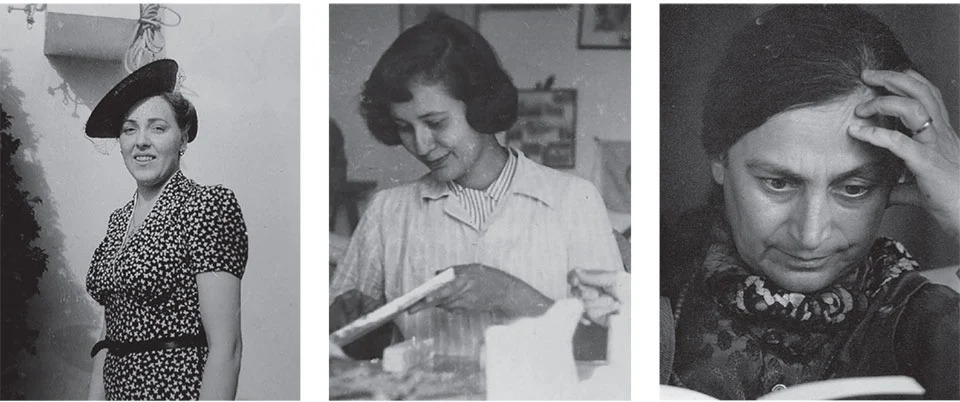Exhibition pays tribute to women in architecture

Six female architects from Greece are represented in the exhibition “Frau Architekt,” which is on display at the Goethe Institute in Athens. Their portraits, examples of their rich body of work and rare photographs are presented beside those of 12 of their German peers. Together, these 18 pioneering and dynamic women helped smash the early 20th century taboo that architecture was a man’s work.
The exhibition, which was first presented at the German Architecture Museum (DAM) in Frankfurt, explores their greatest accomplishments, their daily lives and their contribution to the struggle for equal professional opportunities.
“Even though women architects had a profound influence on the world they lived in, their efforts are largely overlooked by the history of architecture,” note the exhibition’s curators, Mary Pepchinski, Christina Budde and Wolfgang Voigt for the DAM part of the show and Christina Papadimitriou for the Greek part.
The aim, they say, is to join the ongoing global discussion on how the history of architecture is understood and conveyed so that the role of women is more fairly represented.
“There are definitely more than six women who have made a mark on the evolution of Greek architecture in the past 100 years. That is why the selection was so hard,” Papadimitriou, an architect and archaeologist, tells Kathimerini.
“The archival material that came to light during my research at private and public archives was really exciting. I realized that extremely important figures had already started to emerge among the generation that graduated from the Athens Polytechnic in the first quarter of the 20th century,” she adds.
The six Greek women showcased are Alexandra Paschalidou-Moreti, Marika Zagorisiou, Elli Nikolaidou-Vassilikioti, Anastasia Tzakou, Souzana Antonakaki and Rena Sakellaridou.

Moreti was born in Constantinople in 1912 and was the top entry among 600 candidates to the respected Athens Polytechnic School of Architecture in 1932 – the only woman among 25 men. She was also the seventh woman to graduate from the school, in 1936.
Sakellaridou, who is the youngest of the group, represents women architects today. She is a professor of architectural design at the Aristotle University of Thessaloniki, has her own successful firm in Athens and writes about architecture.
Athens’ School of Architecture was founded in 1917 and its first female student, Eleni Kanellopoulou-Patrikiou, was enrolled two years later, though the number of women in the student body did not really start rising until 1932.
“It was a time when education reform, feminism and modern architecture paved the way for new prospects,” says Papadimitriou.
The number of women studying architecture shot up in the 40s, though most female architects could only hope to get work in the public sector and few opened their own firms. This changed from the 1950s on, when more and more women architects hung up their shingle. Today, women outnumber men at the school.
In the meantime, women’s academic prospects also evolved in a similar fashion, and Anastasia Tzakou, who was born in Preveza in northwestern Greece in 1928, was first women to get tenure at the Athens School of Architecture, though that did not happen until 1981.
“Frau Architekt” is on show through June 10 at the Goethe Institute (14-16 Omirou, tel 210.366.1000, goethe.de), by appointment only, via email to [email protected].





